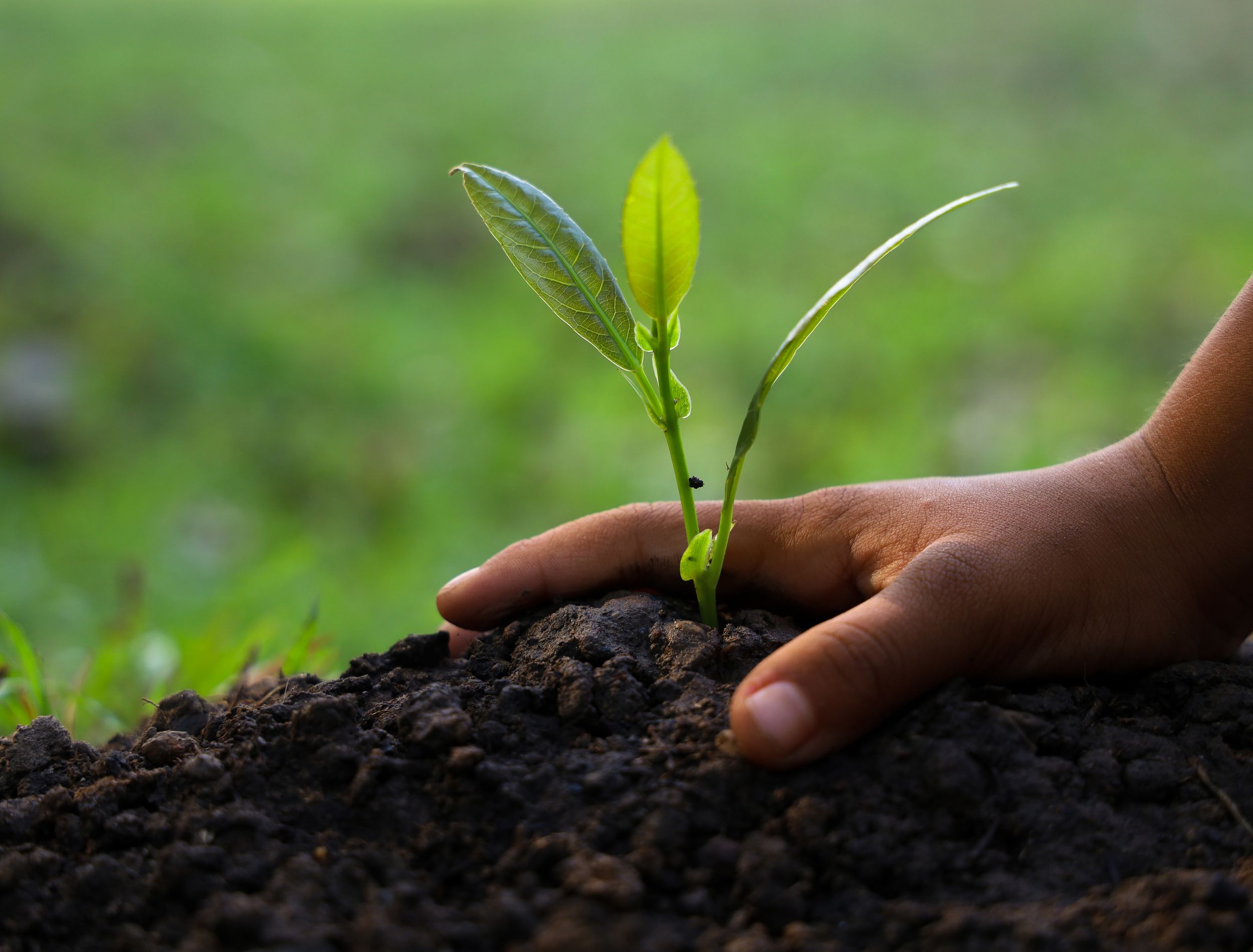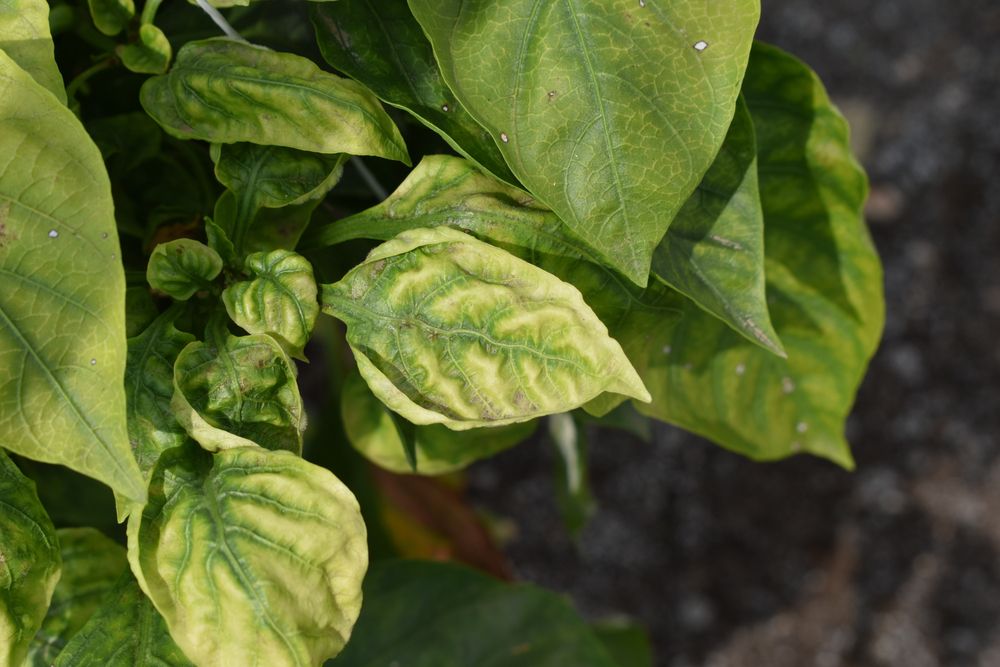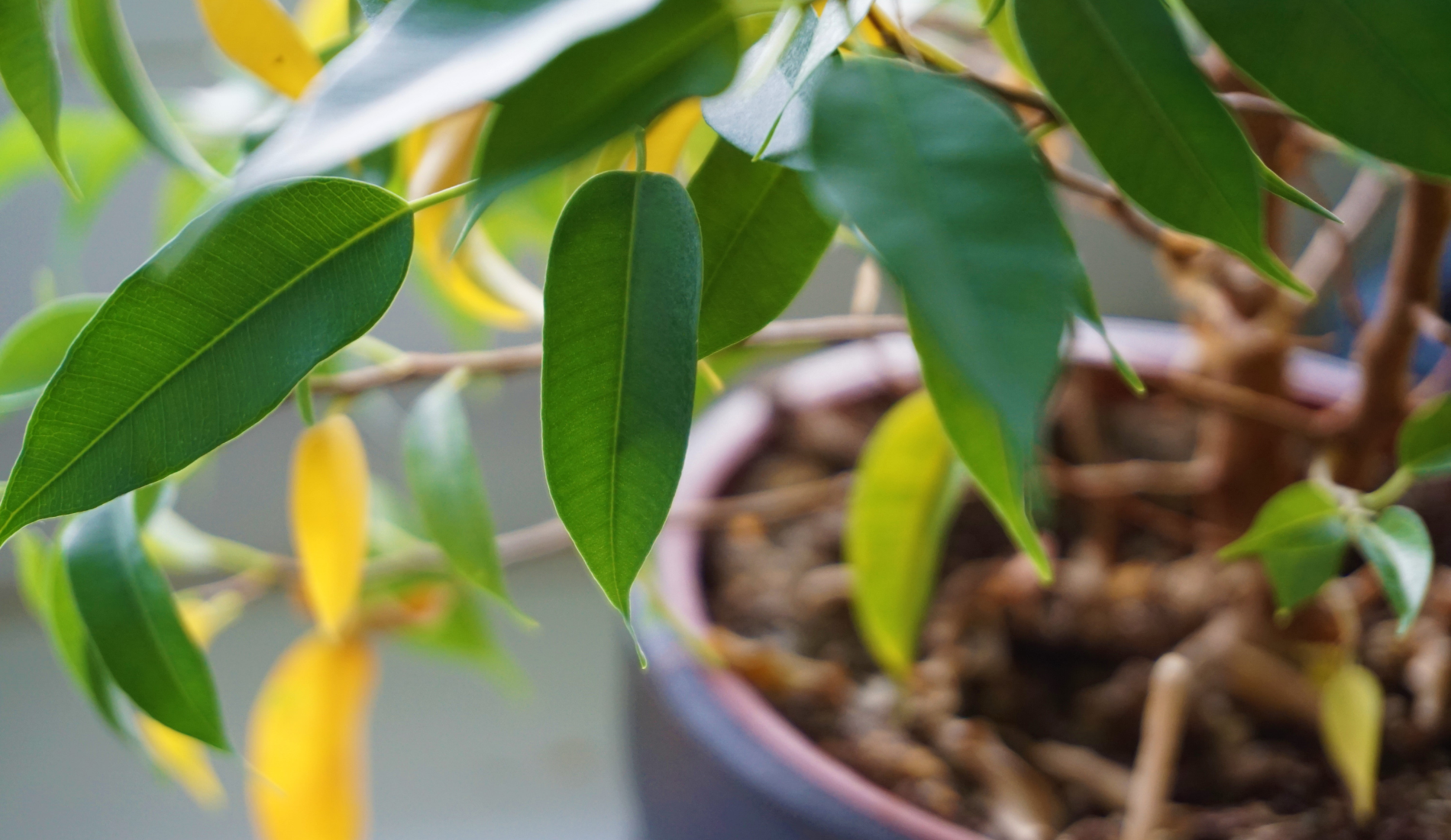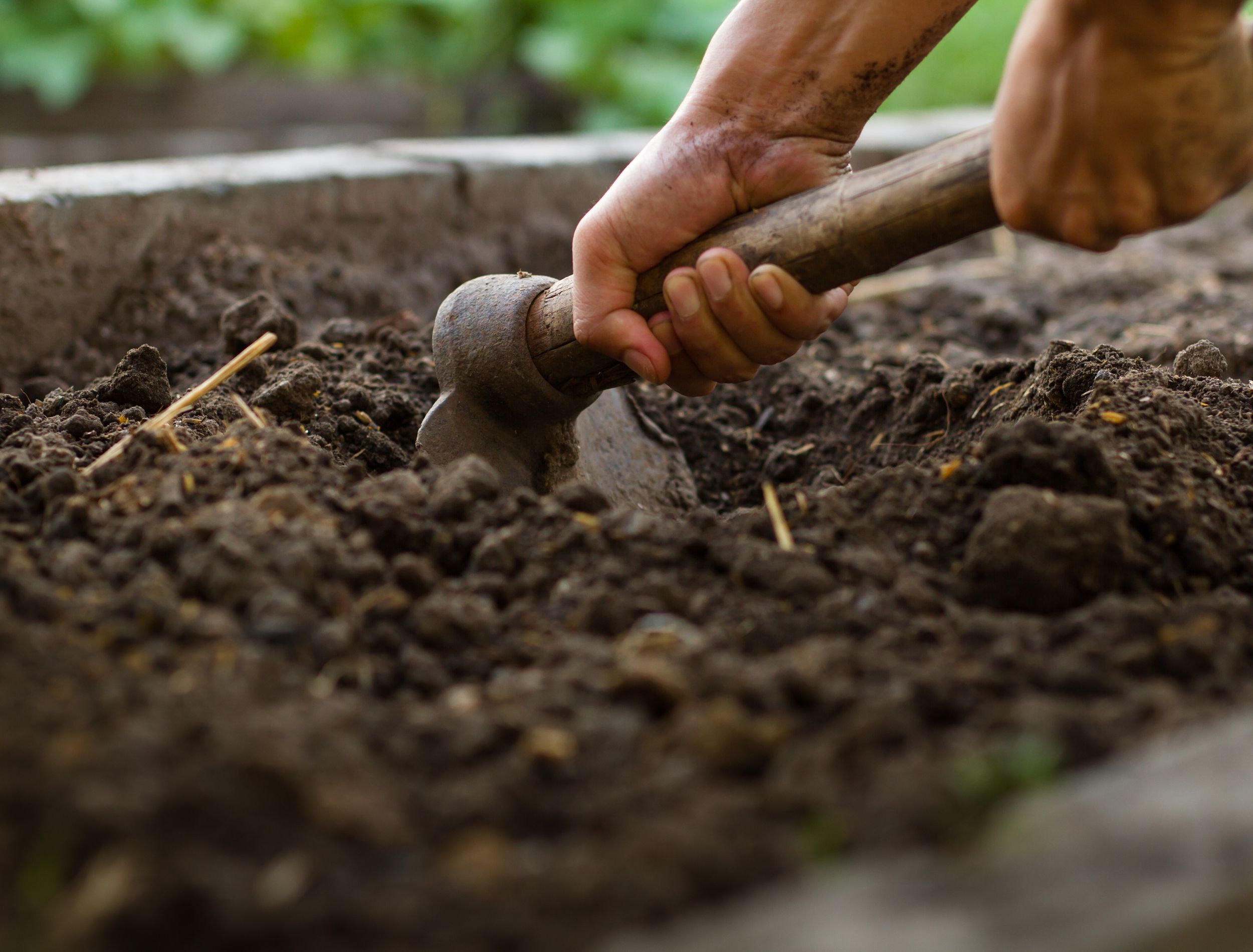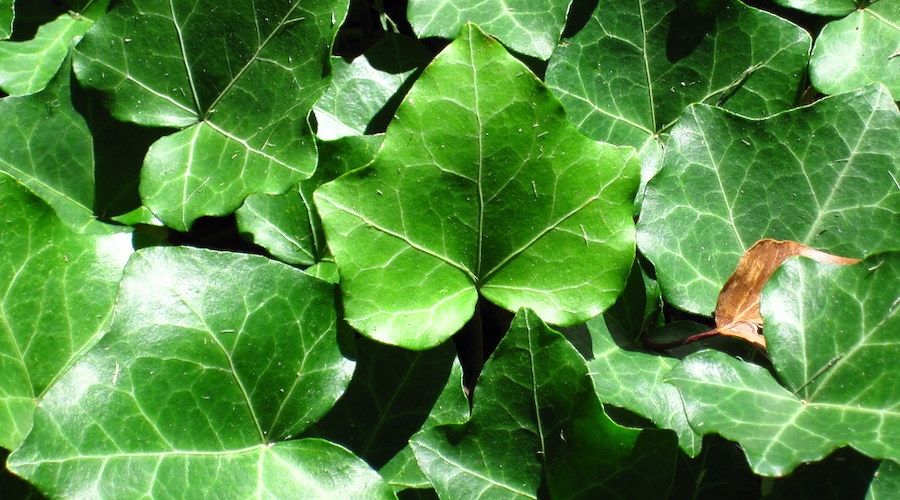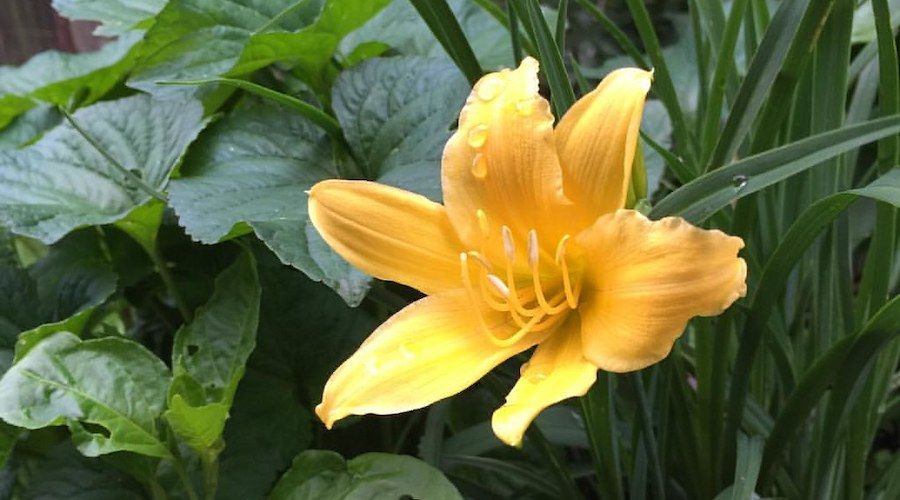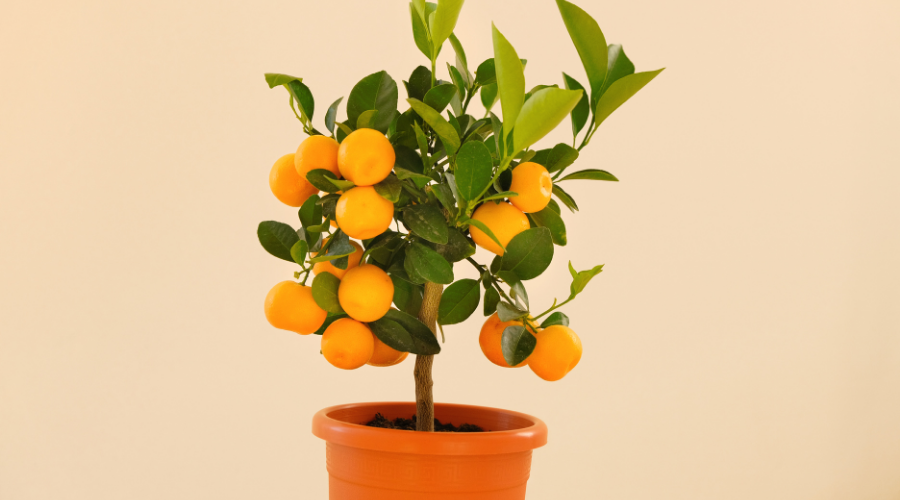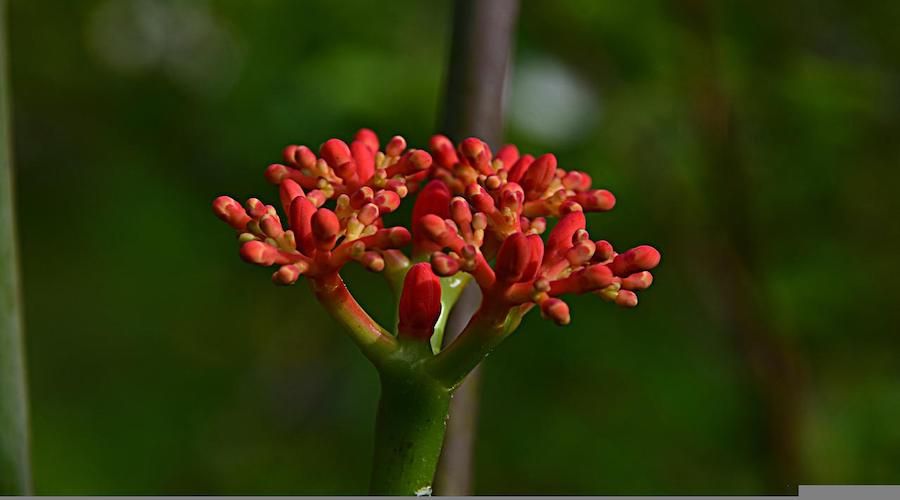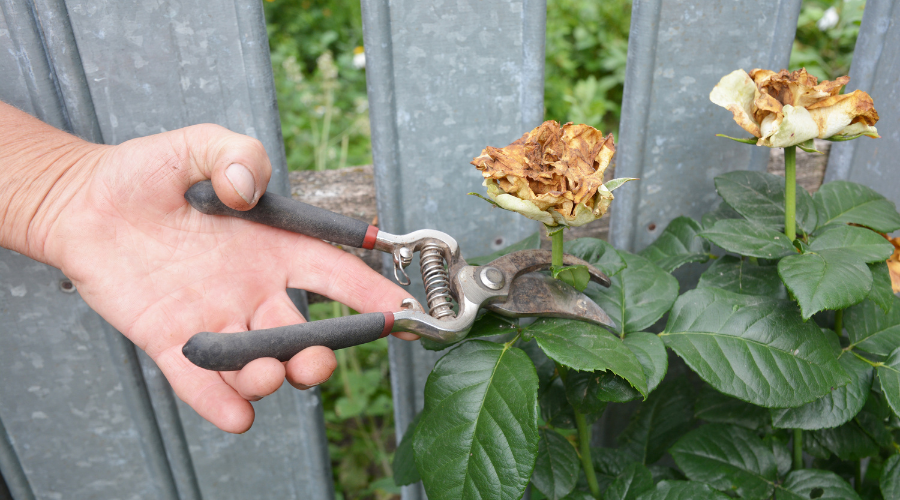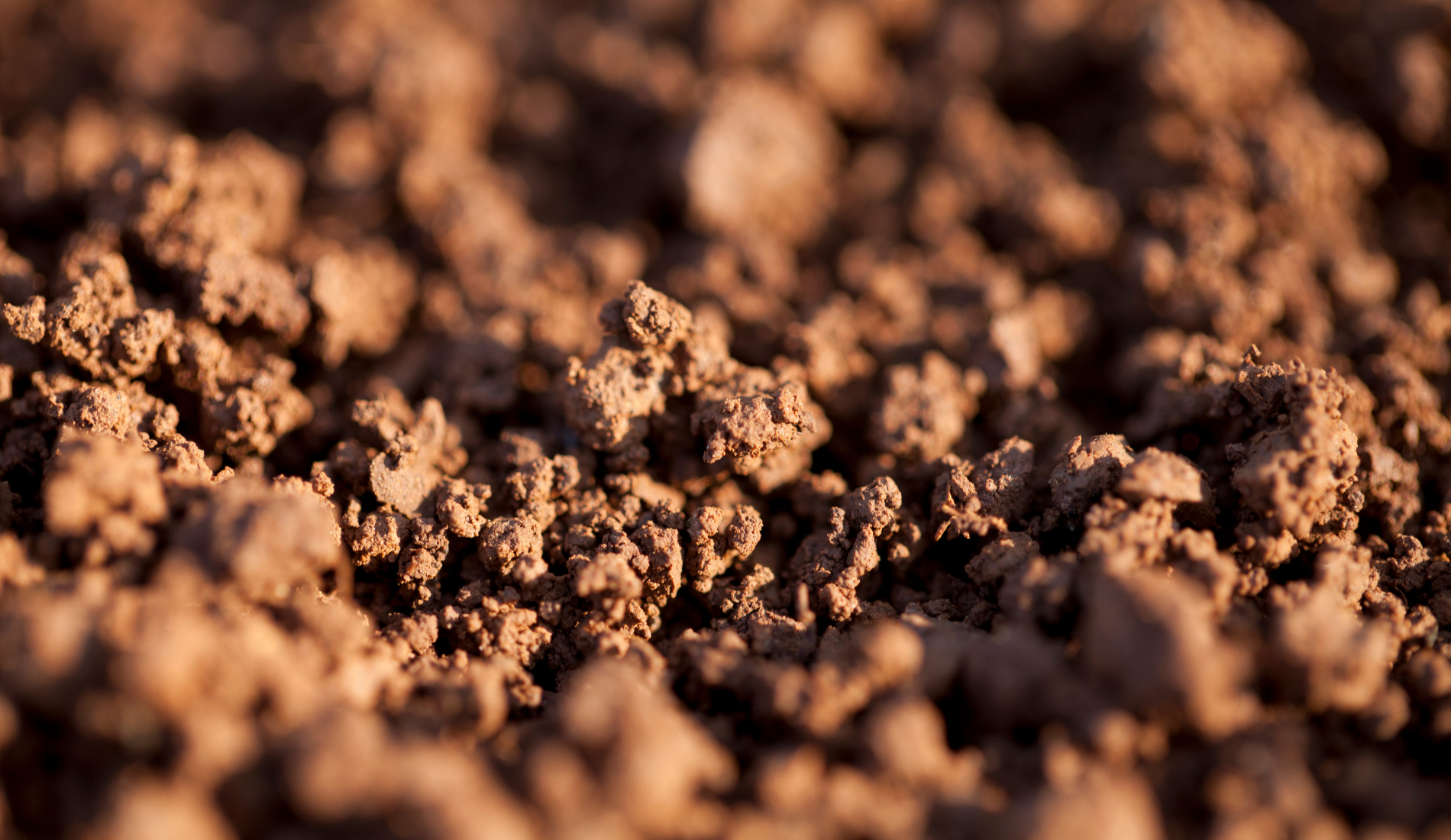Acidic soil has a high acidity level. You can often find acidic soils in areas with high rainfall, such as the tropics, as well as in locations with a lot of organic matter, such as forests. It means that the soil has a low pH level, which can make it difficult for plants to grow.
Here are nine ways that acidic soil can affect your plants.
Nutrient Malabsorption
Image credit: Alchemist from India via shutterstock
The roots of your plants may not be able to absorb nutrients from the soil if the soil is too acidic. It is one of the most common problems that gardeners and farmers face. Plants need a certain level of acidity to absorb nutrients from the soil, but too much acidity can cause problems with nutrient absorption.
Yellowing Of Your Leaves
Image credit: Marc Leupold via Canva
If you notice that the leaves on your plants are yellowing, it could be due to acidic soil. Acidic soil has a pH level that is below 7.0. The lower the pH level, the more acidic the soil is. Plants that are grown in this soil may have stunted growth, unhealthy leaves, and poor root development.
Plants Will Not Grow
Image credit: Piyaset via shutterstock
If your plants are not growing as well as you would like, it might be because the soil is too acidic. To have healthy plants, the soil must have a neutral pH level. You can test the pH level of your soil with a simple at-home test kit.
If the kit shows that your soil is indeed too acidic, there are a few things you can do to fix the problem. You can either add lime or grow plants tolerant of acidic conditions.
Stunted Plant Growth
Image Credit: James St. John via Creative Commons
There are several reasons why acidic soils can cause stunted growth in plants. One of the most important is that this type of soil can make it difficult for plants to take up essential nutrients from the soil.
This is because many nutrients, including nitrogen, phosphorus, and potassium, are only soluble in neutral or alkaline soils. When the soil becomes too acidic, these nutrients become locked up and unavailable to plants.
Your Flowers May Not Bloom
Image Credit: Tobyotter via Creative Commons
If you love flowers and have always wanted to grow your own, you may be disappointed to learn that your flowers may not bloom in acidic soil. While some flowers can tolerate these conditions, most will not bloom in them.
There are a few things that you can do to improve the chances of your flowers blooming. First, you can add organic matter to the soil to help neutralize the acidity. You can do this by adding compost or manure to the soil before planting. You can also add limestone to the soil to help raise the pH level.
Your Fruits Will Not Ripen
Image credits: Bilder von YuM via Canva
If you want your fruits to ripen, you will need to plant them in soil with a pH level above 7.0. Soil with a pH level below 7.0 is considered acidic and will not allow your fruits to ripen properly.
There are a few things you can do to raise the pH level of your soil. You can add lime to your soil, as this will help to raise the pH level and make it more alkaline. Alternatively, you can even use compost. Compost contains high levels of nutrients that will help to improve the quality of your soil. It will also help to increase the pH level over time.
Fragile Plant Stems
Image credits: PeterFranke via Pixabay
Acidic soil can cause fragile plant stems. This is because the acidic soil breaks down the cellulose in the plant stem, making it more susceptible to breakage. The best way to avoid this problem is to use soil with a neutral pH or add lime to the soil to raise the pH. You can also try using a mulch to protect the plant stems.
Acidic Soils Can Kill Your Plants
Image credits: Lex20 via Canva
Plants need a certain pH level to grow properly, and if the soil is too acidic, it can stunt their growth or even kill them. You'll need to be careful if you're gardening in an area with acidic soil, and make sure to test the pH levels often.
Some plants are more tolerant of acidic soils than others, so choose your plants wisely. With a little bit of knowledge and care, you can still have a beautiful garden despite the challenges of acidic soil.
No New Plant Growth
Image credit: malerapaso via Canva
If your soil is too acidic, it can cause several problems for your plants. For example, it can prevent new plant growth. This is because most seeds need neutral or slightly alkaline soil to germinate. In acidic soils, the seeds may not be able to germinate at all.
In Summary
Have you ever dealt with acidic soil? If so, we want to hear from you! What tips or tricks do you have for dealing with this type of soil? Let us know in the comments below – your advice could help another gardener out! In the meantime, if you’re looking for more information on acidic soils, be sure to check out our other articles.

